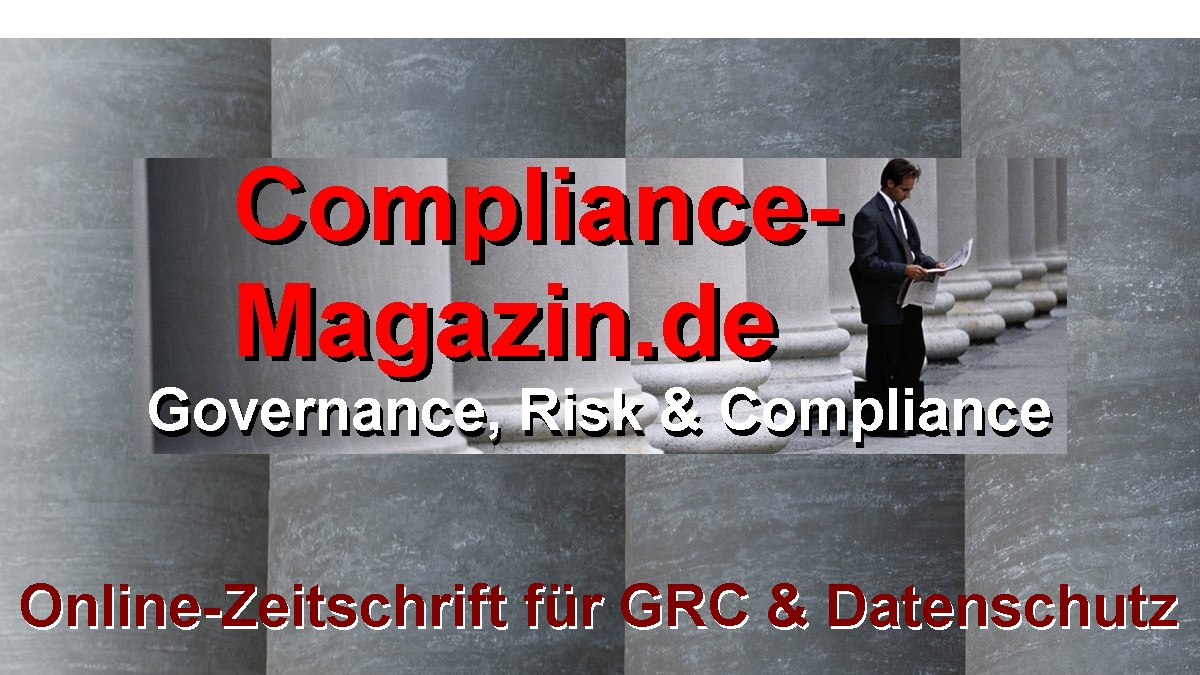
Payback and ROI of ISM solutions
White Paper: Demonstrating Return on Investment with Enterprise-Class Identity and Access Management Technology
IDC found that the IT staffs of the companies surveyed were able to reduce the time required to support identity management activities by an average of 54% and help desk activities by 21%, resulting in an annual cost savings over a three-year period of close to $1.0 million
By Sally Hudson and Randy Perry
(18.03.08) - End-to-end, secure identity and access management (IAM) within a distributed systems infrastructure is a key goal of most organizations today. This IDC White Paper demonstrates how enterprise customers can achieve significant ROI within their security and compliance infrastructures by implementing proven IAM technology. To validate and quantify the business benefits of integrated identity management using Novell identity and security management (ISM) products, IDC interviewed IT executives at a sampling of six Novell customer sites in North America and Western Europe. We asked a series of questions about identity management processes associated with IT services and the impact of Novell's ISM solutions on capital expenditures and operating costs, IT staff time requirements, and application user productivity.
IDC found that the IT staffs of the companies surveyed were able to reduce the time required to support identity management activities by an average of 54% and help desk activities by 21%, resulting in an annual cost savings over a three-year period of close to $1.0 million. When normalized for company size, the savings amounted to $10,936 per 100 users.
The companies surveyed were growing their user base by an average of 9% annually and were continuing deployment and integration with new business applications. Novell ISM solutions allowed the companies to grow efficiently so they were able to avoid increasing their capital and operational expenses by almost $2 million annually ($21,597 per 100 users). The largest area of savings came from increased user productivity. By automating and integrating Novell ISM functions, users reduced the productive time lost in activities, such as granting of initial access and changes in access and password management, by 90%. Conversely, more reliable access to applications increased user productivity by an average of 2%. Combined user productivity benefits totaled $2.6 million annually, or $27,677 per 100 users. For the customers surveyed, the total benefits averaged more than $5.6 million annually, or $60,210 per 100 users. This sampling of companies invested an average of more than $2.8 million over three years in deploying the Novell ISM solutions, resulting in a net present value for the three-year savings of almost $10.2 million, or $111,043 per 100 users.
Based on these numbers, the payback period from deploying the Novell ISM solutions averaged 6.3 months for the companies surveyed, yielding an average return on investment of 358%
Identity and Access Management Market Definition
Identity and access management is a comprehensive set of solutions used to identify users (such as employees, customers, and contractors) in a system and control their access to resources within that system by associating user rights and restrictions with the established identity. Web single sign-on (SSO), host SSO, user provisioning, advanced authentication, legacy authorization, public key infrastructure (PKI), and directory services are all critical components of identity and access management.
Federated identity revenue is also included within the identity and access management market. Federated identity (or federated SSO) is the ability to share a user's log-in and authentication data across different Web sites and applications, both internal and external to the organization, using secure, standards-based protocols.
The user is able to sign on to multiple Web sites regardless of the provider or identity domain, and organizations are able to separate employees from external parties to better meet compliance regulations. Many vendors offer specific products to provide this functionality as part of their identity management software suites. Compliance continues as a major driver in the identity and access management market, accounting for approximately 70% of all IAM revenue.
To meet government- and industry-driven regulatory requirements, most companies are employing a variety of IAM technologies that span the submarkets and include provisioning, password management, privileged password management, digital signatures, SSO, audit and reporting, and two-factor and multifactor authentication mechanisms.